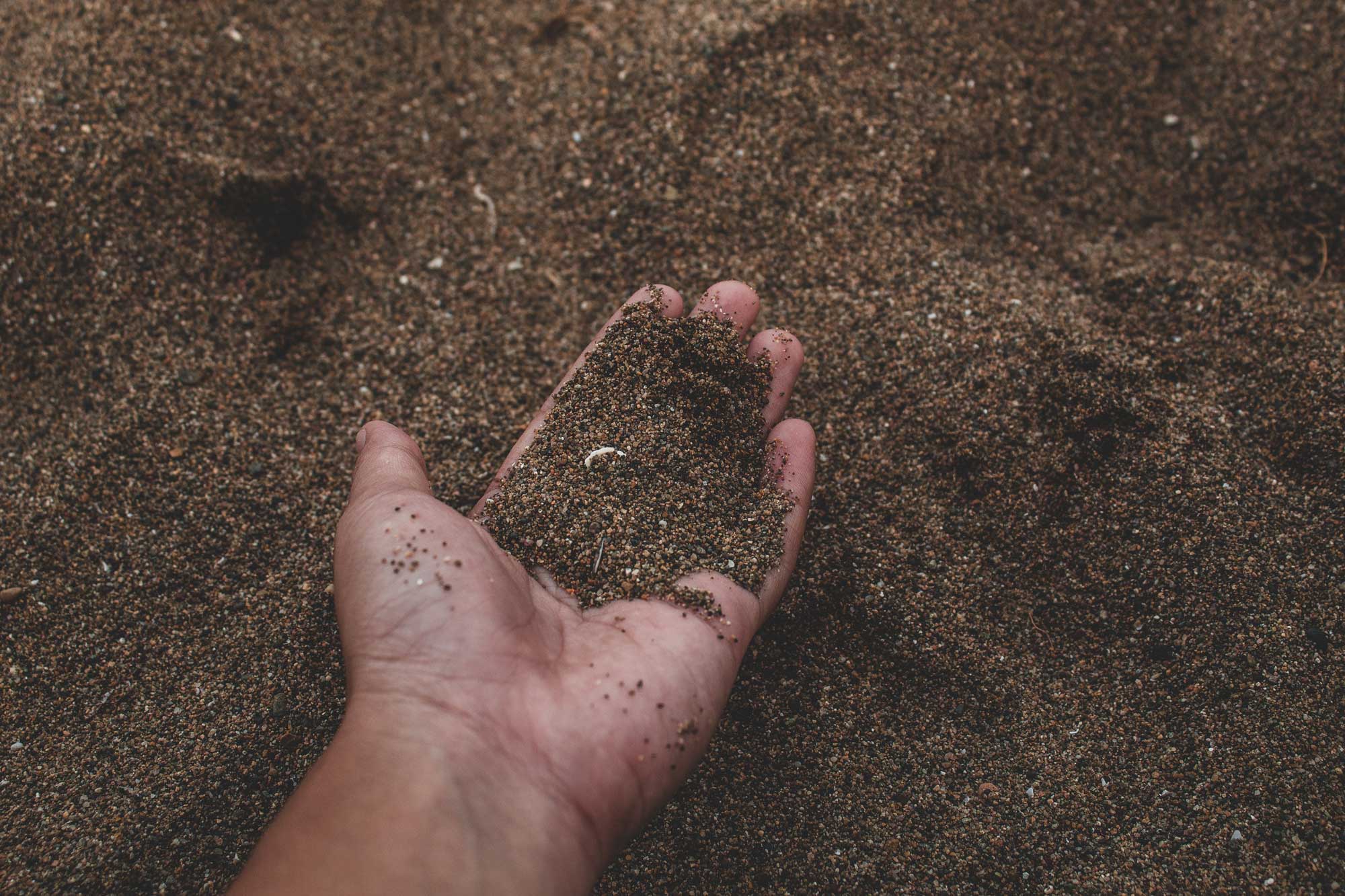Focussing on organic GACP cultivation practices may reduce the need for costly and impactful microbial remediation.
Microbial contamination is increasingly an issue in the cannabis industry. Inconsistent regulatory and zoning frameworks, coupled with legacy cultivation practices have created a perfect storm for industrial-scale contamination of biomass. With the vast majority of medical cannabis globally undergoing microbial remediation via irradiation, several variables need to be addressed.
Post-harvest microbial remediation methods vary but are more often than not done outside the cultivation and processing facility. In the case of Canada, the world’s largest medical cannabis producer and exporter, the remediation process involves off-site gamma irradiation facilities. In more extreme cases such as Australia and Malta, flos has to be air shipped several thousand kilometers away to undergo irradiation.

Far-reaching & costly consequences
Factoring in transport time, cost, and carbon impact in addition to the energy needed to irradiate the product before, there is a clear inefficiency in the value chain. While many of the leading medical cannabis regimes don’t specifically require irradiation, they often require strict maximum colony counts of several species of microbes. The default from global LPs however, has been to preemptively irradiate all products. In fact, Bedrocan, Europe’s first and largest medical cannabis producer, surrenders all products to the Dutch Office of Medical Cannabis for irradiation and distribution.
The annual costs of remediation for a global LP including testing, transport, logistics, and time is often a 7-figure amount ($, EUR, GBP) – with an equally daunting environmental footprint per unit of product. These costs as well as side effects of the process, including dryness and terpene loss, are ultimately borne by the patient. In recent months, there has been increased pressure on LPs by the patients to increase the quality of products, with a response from LPs to source organic, non-irradiated flos.
Holistic approach starting with soil health
Solutions to microbial contamination are multifaceted and can be classified as either preventative or reactionary. Reactionary solutions aim to combat existing microbial infestations using energy and resource-efficient methods, while preventative measures look to keep the microbe count below specific prescribed levels and avoid any remediation. With research studies going back to the middle of the 20th Century relating soil health to stronger plant resiliency to pests, it’s prudent to look at existing horticultural know-how when scaling cannabis cultivation.
While most of the global medical cannabis produced is cultivated in non-organic substrates, there are signs that a reversal to organic, and more specifically biodynamic cultivation practices may significantly reduce the risk of microbe contamination. Living soil cultivation methods increase the plants’ natural bio resiliency to pests and mitigate dependency on pesticides, fungicides, and post-harvest remediation processes.

With licensed European cannabis cultivators routinely registering 200,000 – 400,000 microbial colonies per sample size, far above the allowed limits set to anywhere from 30,000 to 100,000, there is an impetus to look at the problem holistically. Budgetary and staffing concerns of drastically altering an existing cultivation practice are valid, however, a transition to living soil cultivation may also work to reduce costs over several cultivation cycles.


